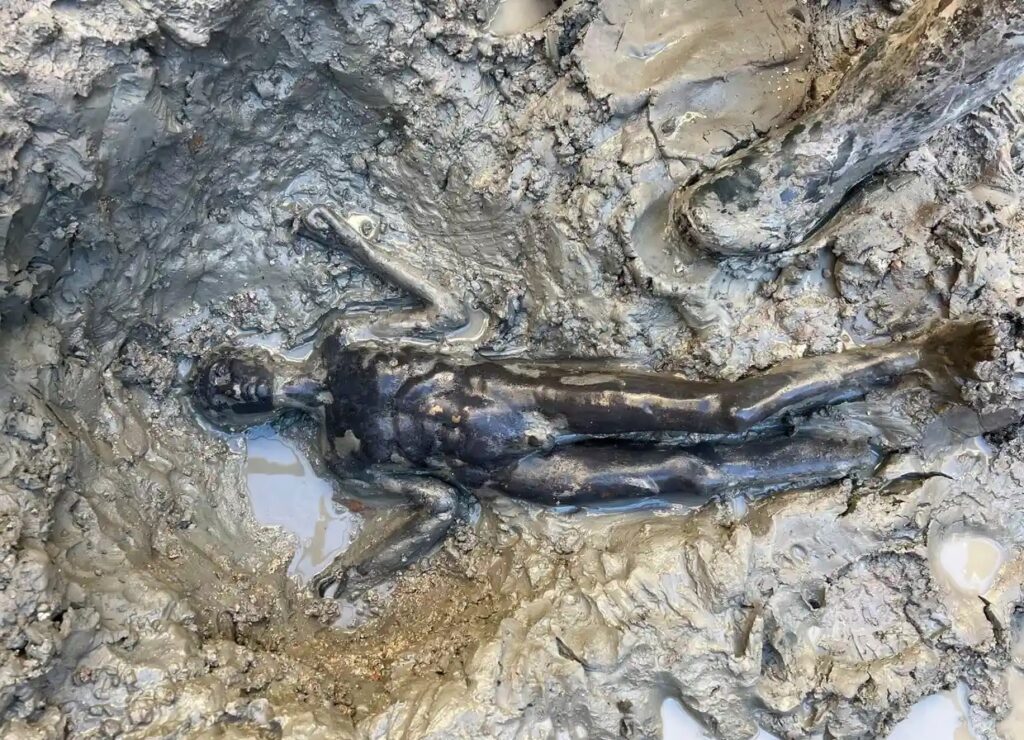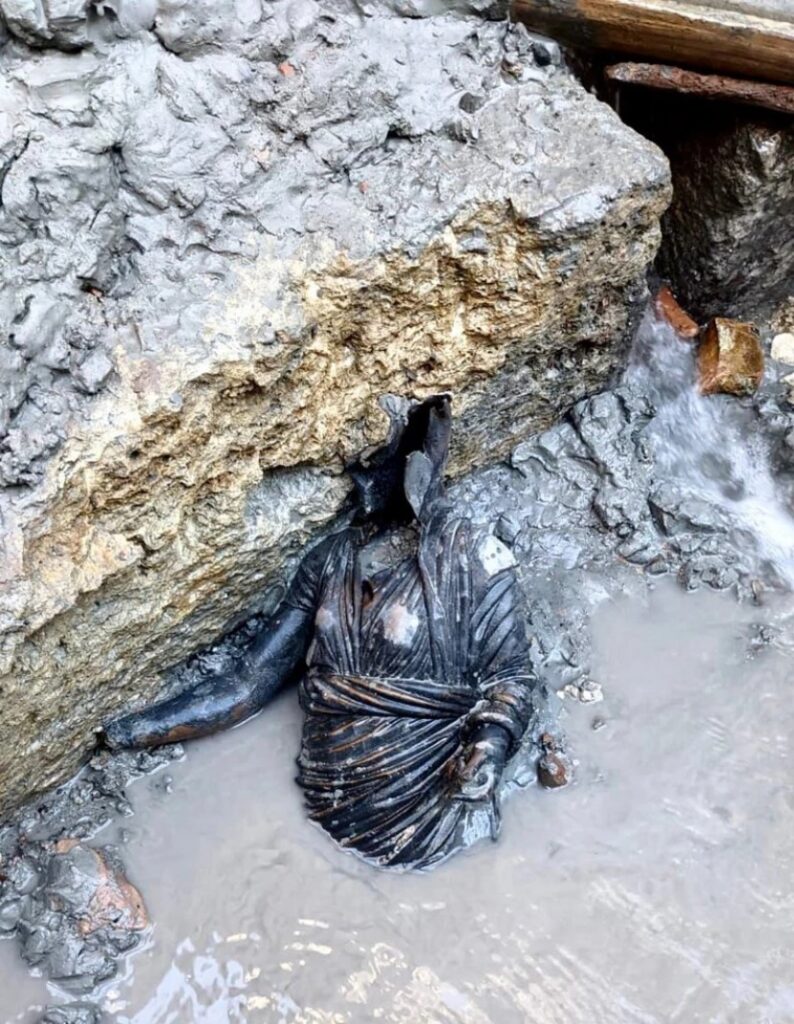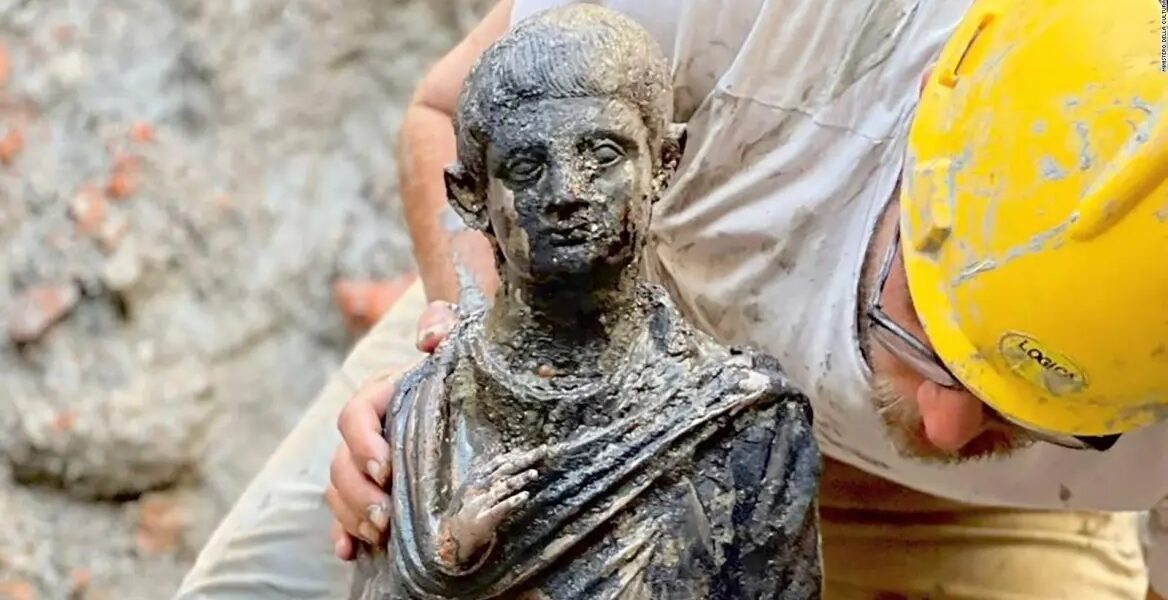A history changing treasure trove of great archaeological value was hidden, but uncovered, in the muddy ruins of an ancient bath in San Casciano dei Bagni, a town in the province of Siena, about 160 km north of Italy’s capital.
Italian archaeologists have unearthed 24 beautifully preserved bronze statues, believed to date between the 2nd and 1st centuries BC.

The statues depicting Hygeia, Apollo and other Greco-Roman deities were created at a time of great change for Ancient Tuscany, and more specifically during the transition from Etruscan rule to that of the Roman Empire.
Several Italian experts are talking about an extremely important discovery, with one of them noting that it “could rewrite the history” of the region.


Most of the statues were found buried under the baths along with about 6,000 bronze, silver and gold coins.
The relics represent an important testament to the transition between the Etruscan and Roman periods, with the baths being considered a haven of peace.
“Even in historical epochs in which the most awful conflicts were raging outside, inside these pools and on these altars the two worlds, the Etruscan and Roman ones, appear to have coexisted without problems,” said Tabolli.
Excavations at the site will resume next spring, while the winter period will be used to restore and conduct further studies on the relics.
The artefacts will be housed in a 16th-century building recently bought by the culture ministry in the town of San Casciano, near Florence. The site of the ancient baths will also be developed into an archaeological park.


Massimo Osanna, the director general of museums at the Italian culture ministry, said the relics were the most significant discovery of their kind since two full-size Greek bronzes of naked bearded warriors were found off the Calabrian coast near Riace in 1972.
“It is certainly one of the most significant discoveries of bronzes in the history of the ancient Mediterranean,” Osanna told the Italian news agency Ansa, according to The Guardian.
The Etruscan civilisation thrived in Italy, mostly in the central regions of Tuscany and Umbria, for 500 years before the arrival of the Roman Republic. The Etruscans had a strong influence on Roman cultural and artistic traditions.
Initial analysis of the 24 statues, believed to have been made by local craftsmen between the second and first centuries BC, as well as countless votive offerings discovered at the site, indicates that the relics perhaps originally belonged to elite Etruscan and Roman families, landowners, local lords and Roman emperors.
The recently appointed Italian culture minister, Gennaro Sangiuliano, said the “exceptional discovery” confirms once again that “Italy is a country full of huge and unique treasures”.
“All of this will be enhanced and harmonised, and could represent a further opportunity for the spiritual growth of our culture, and also of the cultural industry of our country,” said Sangiuliano.
READ MORE: EGYPT: The AMAZING photos of the tunnels archaeologists believe may lead to Cleopatra’s tomb.


